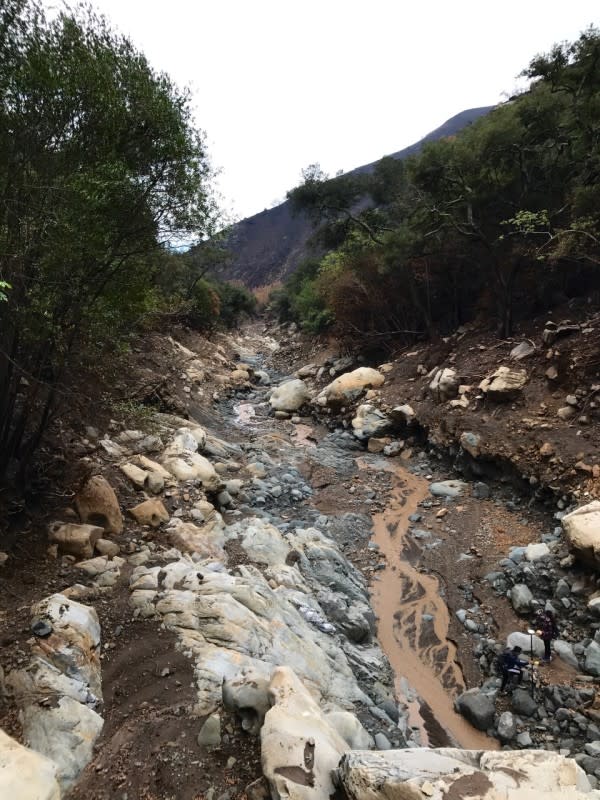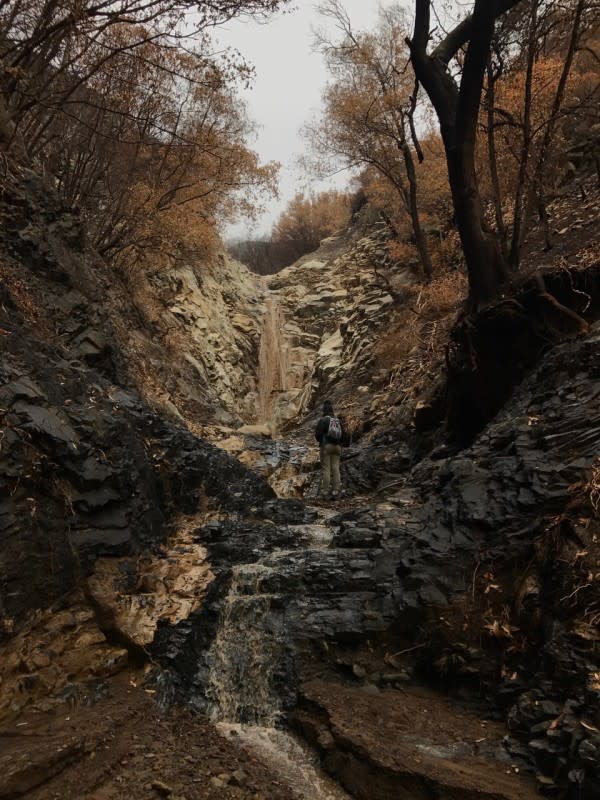Hot Destinations: Wildfire’s Impact on Trails & Recreation
Cycling’s culture from core to pro to hobbyist, rests largely on the existence of trails with lore, similar to how Roland Garros in France and Wimbledon in England act as points of pilgrimage to the entire spectrum of the tennis community. Whether due to their historical context, difficulty, or creativity in design, a trail's ascension to the pantheon of those considered destinations for the sports devotees is often ambiguous, existing one day as a local’s secret and the next as an economic driver to a community.
It is here that we find that our sport, often considered counterculture, isn’t really all that counter at all – our soil surfaces mirror the red clay playing surface the French Open, our businesses thrive and struggle at the whim of general public engagement with a sport they might have seen on TV a time or two. What certainly differs by exponential multiples is the number of individuals who consider themselves engaged in our disparate sports, and with that, the number that care when something happens that disturbs the status quo.
When Grand Slam tennis matches were shortened to best of 3 from best of 5 sets during periods of excessive heat, the media took up the torch of understanding and communicating the impact that climate change has on a sport. But now, when I, a simple trail builder, environmental scientist, and public lands advocate, tell you that more than 23,750 miles of trail have burned in the Western U.S. over the last 5 years, you might be more than a little surprised.

Photo: Dilon Osleger
That is largely because it took my frustration with the Sisyphean task of rebuilding the same trails repeatedly over a decade to take a harder look at how often this was happening elsewhere, and how others were dealing with the worsening trend of hardship. It turns out, it has been a common theme across zones every outdoor news outlet loves to send us to: Tahoe, Santa Barbara, Bend, Moab, Flagstaff, Missoula, and Boulder.
In partnering with Outdoor Alliance and OnX Maps, we set about to research and publish a white paper that includes an interactive map looking at a handful of wildfire polygons and their impacts of trails and local economies of years past. Behind this study, whose 30 pages can be hard to digest when meant for policy wonks more so than those looking to better understand the present and future of sport, are a few hard and fast realities that lie hidden under our shreddits, gear reviews and ride reports.
The first is that this problem vastly exceeds the resources of our trail stewardships. A mile of trail restoration is valued by the U.S. Forest Service at $12,500, which considering the ~25,000 miles of trail destroyed by fire in 5 years, comes out to $312 million – or $62.4 million a year just to rebuild trails burnt in high severity wildfires. Unfortunately, the annual budget of the USFS for recreation is $80 million, with about $30 million going to administrative fees – leading to a budget outcome of negative $12 million per annum. The annual budgets of nonprofit trail stewardships pale even in comparison to a tragically underfunded federal land managing agency, leaving us with an ever-decreasing catalog of trails and a lessening will or physical power to restore them.

Photo: Dilon Osleger
In time, this will lead to further forest closures due to conflagrations or their related smoke driven high Air Quality Index. As the reliability of trail access wanes, so will the security of building businesses around it, in turn further shifting the narrative of mountain towns from dirtbag local havens to high value “experiences” for those who can afford to fly in for the views on a weekend of good weather conditions. What can be done to reverse this trend? Pretty much nothing – fire is natural and is going to happen – there is no “no smoke, no fire” outcome for much of the landscape across which mountain biking occurs.
There is however, power in our collective voice – the mountain biking community's discussion of wildfire and how land managers and government can be more proactive in fostering the foundation upon which our sport rests. That all begins with conversations – in magazines, at the trailhead, in the coffee shop afterwards. If anything, I hope this article provides some motivation to get outside, appreciate all that you have at the moment, and consider questions as to what might change, and what connects you to a place enough to make you care.
